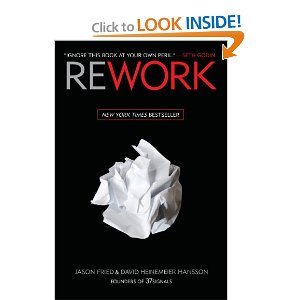This is my second in a series of blog posts about the “Open” movement and education. Here’s a link for those of you who missed reading Part One – The “Open” movement(s) and education – can they work together?. Having discussed some of the motivations for both sides of the “Open” movement, it is time to address another important issue – copyright.
Copyright legislation and education have a long and connected history. Authors and publishers of educational content have, very rightly, used copyright to protect their ideas and their material from theft and illegal use with and without profit. Enter – the digital age. Materials and new educational resources are no longer predominantly printed, now they can literally be any type of media including media such as videos, blog posts, webinars, proprietary software, etc. In addition, these various types of media are being created and shared by individuals from around the world. Copyright legislation could not keep up and many thought that there had to be a better way.
Indeed, a better way was found – Creative Commons (CC) licensing. In early 2001, three individuals founded a non-profit organization called Creative Commons. It allowed ordinary individuals and organizations to license their digital work(s) in a variety of ways, with legally binding licenses in a wide range of countries, for free. Most revolutionary, in my opinion, was the opportunity that individuals had to license their works/intellectual property in a variety of ways. These included: commercial and non-commercial, as an exact duplicate or modified content/repurposed content, with attribution and without attribution, for educational use and/or public use. Obtaining a copyright was, in contrast, time intensive, costly, and singular in scope – the various options available to the Creative Commons licensee were not available to the copyright holder.
By 2008, according to Wikipedia, there were an estimated 130 million works licensed under Creative Commons. Since then, the number of licenses has grown tremendously with some major social platforms such as Flickr and YouTube allowing you to attribute a CC license to your picture or videos respectively. Indeed, the addition of CC licensing on YouTube has already resulted in at least 10,000 new videos for public use and resuse!
If you are a music therapist with videos on YouTube – consider assigning your older and new videos a Creative Commons license to: a) better protect your video and its’ content from theft and piracy, and b) ensure that people can use it in educational and continuing education contexts
Courses, such as those found on MoodleCommons.org, developed with Learning Management Systems (LMS) such as Moodle also allow you to assign CC licenses. Finally, you can assign a CC license to your blog postings, on platforms such as WordPress, and to Wikipedia entries.
Many people, as well as myself, rightly feel that this is a tremendous step forward in the development of open education and open resources, There is, however, one area where CC licensing is challenged – evaluation of the resource in question. Just because you can post something then assign it a CC license does not mean that the content is accurate or trustworthy. Using the previous method of protection, namely copyrighting something, meant that your content had been peer reviewed for accuracy (i.e. in a proprietary journal or a book edited by a known authoritative figure in that particular field). With widespread sharing of content, blogging, and CC licensing, anyone, from anywhere, can post something that may or may not be accurate. The contentious, and very public, debate found in this recent blog (and its’ commentary) is but one example of how issues may now by skewed in one direction or the other direction for both honest and/or negative purposes.
So should we scrap CC licensing? Definitely not! How then, can we ensure that content published under a CC license is accurate? In my next posting, in this series on the “Open” movements, I am going to suggest the creation and use of official digital repositories. In the meantime, please feel free to comment and reflect on this posting.
Related Links
Adding a Creative Commons license to a YouTube video
Adding a Creative Commons license to a WordPress blog
Using Creative Commons licensed photos on Flickr
John Lawrence MMT, MTA
For the record – I am a music therapist with over 15 years experience in clinical settings, predominantly involving geriatric clients. I obtained my Master’s degree in Music Therapy from Temple University in 1995 and have subsequently served in a wide range of appointments and positions related to the field of music therapy. For the past 8 yrs I have served as a sessional instructor in music therapy at a number of post-secondary institutions and most recently served as chairperson for the first Online Conference for Music Therapy (OCMT2011) held in March 2011. You can reach me using: E-mail: jlmt@telus.net, Twitter: @JLisaMT, Facebook: John Lawrence and LinkedIn: John Lawrence MMT, MTA.






